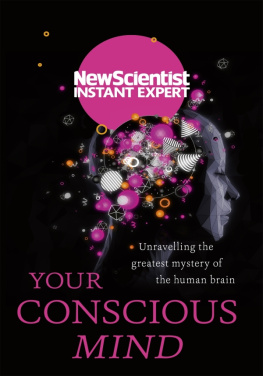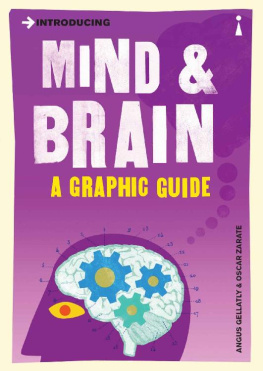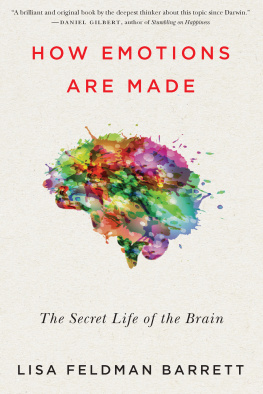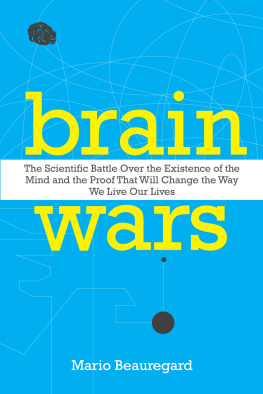
Early in his career Bill Klemm developed an interest in brain function from studying the nervous system while obtaining his Doctor of Veterinary Medicine degree from Auburn University, where he has since been honored as a distinguished alumnus. He then served briefly in the US Air Force and continued as a reservist in the Vision Research Laboratory and later in the Development Planning Office of the Human Systems Command, rising to the rank of colonel. He continued his neuroscience education and obtained a doctorate from the University of Notre Dame.
His first academic position was in the College of Veterinary Medicine at Iowa State University, where he was awarded tenure after his first year. Two years later he accepted an untenured position in the College of Science at Texas A & M University, where he again was awarded tenure after one year. Currently, he is Senior Professor of Neuroscience in the College of Veterinary Medicine.
Bill Klemm is a distinguished member of Sigma Xi, the Scientific Research Society. He has served on the official editorial boards of twelve scholarly journals, and editors of forty-five research journals have asked him to review approximately one thousand manuscripts. He has authored over two hundred peer-reviewed scholarly papers on a wide spectrum of neuroscience topics ranging from molecular models of membrane function to human cognition. He has written fifty-one book chapters and has authored seventeen books.
He is widely known for his expertise in science education, and his contributions to science education include the development of numerous neuroscience graduate and undergraduate courses. He was a pioneer in the development of Internet-based collaborative learning environments, cocreating a software program called FORUM that was a forerunner of Internet wikis. He has authored much of the science curriculum material for middle schools at the website for Texas A & M's Partnership for Environmental Education and Rural Health.
Each month, he writes a newspaper column for baby boomers about age-related cognitive decline that is based on studies in the medical and neuroscience literature. He maintains a blog called Improve Your Learning and Memory and he also writes a blog for Psychology Today, whose editors have tagged many of his posts as essential reads. His science blog posts have drawn nearly one million reader views.
In recent years, he has been listed in successive editions of Who's Who in America and Who's Who in the World. He lives in Bryan, Texas.

This book would not have been created without my teachers. My first debt of thanks goes to David MacPherson, my deceased high school vocational agriculture teacher. He compensated for my lack of high school science education (I only had one year of chemistry, and sometimes I had to explain things to my football-coach chemistry teacher). But MacPherson enabled me to learn things I could not get out of a biology or physics book. I learned to value life and living things, particularly the mental life of the various animals I raised (chickens, ducks, geese, goats, pigs, and cows).
Next I thank my science professors at the Universities of Tennessee, Auburn, and Notre Dame. Before I went off to graduate school at Notre Dame to learn how to be a scientist, I was a Preventive Medicine Officer at a US Air Force hospital. Being stuck in the middle of nowhere, I spent a lot of time reading research journals in the library. One day a bolt of revelation struck me: I understand this stuff. I can do this! My professors had prepared me well to learn from the essential source in science, the writings of practicing scientists.
Finally, I want to thank my agent Rita Rosenkranz for connecting me to the staff at Prometheus Books, who are real pros at what they do. Special thanks go to my editors Steven L. Mitchell and Brian McMahon.

Pond scum is beautiful and elegant. At least scientists who study the microbes of pond scum think it is. What is magical about these microbes is that they are alive. Even though scientists can describe most of what such microbes do, and can explain them in terms of the laws of chemistry and physics, we should all marvel that anything that originates in the water of muddy ponds can be so intricate, so complex, so alive. Infinitely more astonishing and marvelous is the evidence that human intelligence, creativity, and spirituality came from such primitive existence.
The specialness of life is magnified by the very real possibility that it only exists on this one obscure planet in a vast universe of billions upon billions of galaxies. There are no signs of it anywhere else in the universe. Despite decades of searching for extracellular life with radio astronomy and rocket-launched probes, no one has found any.
The closest astronomers have come to finding life elsewhere is evidence that Mars may have once had water. Mars may have had its version of pond scum a few billion years ago, but clearly it cannot support life now. Life, as we know it at least, must have some kind of solvent, and water is the best-suited solvent. There are, of course planets that have frozen water, but the atoms and molecules used by living systems have to move around, and they can't do that in a frozen solvent. Life seems nearly impossible to come by and hard to sustain.
The key to life is temperature. Life requires a temperature that obeys the Goldilocks principle; that is, the temperature has to be just right, neither too hot nor too cold. If it is too hot, the solvent boils away from the planet. If it is too cold, the solvent is frozen. A Goldilocks temperature is rarely met in the universe. In our solar system, only Earth has a clearly life-compatible temperature. Searches for such planets in other solar systems have been largely unrewarding. Recently, however, a report was published on five such planets existing in a galaxy far, far away, about fifteen hundred light years. Even so, these planets may not have water or other suitable solvent. There is no known way at present to know if there is life there. Even if these planets do support life, it is a huge leap for any planet to get from simple pond scum to biological complexity equivalent to that of humans.
I went to college for nine years, most of which was spent learning about living things. I now think of life as a miracle, qualitatively different from the limited world of chemistry and physics. Science cannot fully describe the difference between living and dead. We say that living things grow and reproduce, but dead crystals can do that. However, life evolves.
Even now we are receiving the light of stars being born, and the light of stars that are dying or exploding to create comets, planets, and the like. Theorists suggest that multiverses are evolving, being created by other big bangs. String theorists have reasons to postulate miniverses that operate on different scales, physical laws, and dimensions than the one our avatars live in. General relativity equations suggest the possibility of worm holes that allow rapid transit through the fabric of space-time to other universes or within different regions of our own universe.
While such physical evolution is profound indeed, evolution of life forms is even more awesome. Living things grow and reproduce in a quite different way, for they create qualitatively new kinds of things. The most important product of evolution is the progression from undifferentiated nerve cell nets in creatures like jellyfish to the human brain, which has a conscious sense of itself that thoroughly engages its inner and outer world.
Next page












